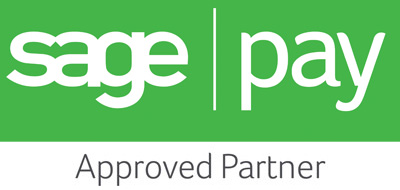What Web3 Means For You
Web3 is the next evolutionary step in the online world. In many ways we've been in Web3 for years, while in other aspects Web3 is just getting started – but what is it?
The first iteration of the internet was Web1; a non-interactive resource for information. With the exception of email, web users simply browsed and searched, with content creation and ownership limited to a select few who could program their own website and knew how to purchase domains, set up servers and all the technical wizardry that is so accessible now. Marketing consisted of brand websites and some paid advertising, and it was very much a digital translation of traditional one-to-many marketing (where one brand speaks to many consumers in a one-way exchange)
Web2 was the next step, from a mainly static and non-interactive resource to something we could all get involved with. Blogging became accessible to all, aided by social media where everyone could have their own space on the internet. As the prices of consumer electronics fell and the technology developed quickly it was possible for just about anyone to make and edit video content, host it on YouTube and connect with people all over the world. Marketing became less of a monologue and more of a dialogue as social media allowed consumers to interact directly with brand representatives.
Web3 covers a very broad range of developments including the metaverse and digital-only assets like NFTs, as well as the building of niche communities for the purpose of marketing. While message boards and social media enabled the average person to build or participate in an online community, Web3 is seeing brands create and manage spaces like this with rewards given to community members for ambassador activity, or early adoption of new products. By using the metaverse as a place to host closed communities and to host rewards, brands are driving a form of consumer investment in brands that is closer in nature to a peer-to-peer relationship than a traditional brand-to-consumer interaction.
Digital marketing has gone from one-to-many, to many-to-many across several social, online and offline channels, and now to a some-to-some model, where marketing happens in closed groups made up of subsets of consumers. A brand may create many communities divided according to geographic location, customer type, product loyalty or any other criteria specific to those customers. A gym group, for example, might host communities for cross-fit, weight lifting, yoga, swimming and running. Everyone in the community is a customer of that gym, but they're interested primarily in the exercise they actually do. This allows for easy targeting of messages in a way that is similar in concept to Google's FLoC (Federated Learning of Cohorts) for segmenting consumer data.
Web3 some-to-some marketing is still developing, but if it is right for your industry now why not take the plunge and create communities and conversations that help build the strongest customer relationships there have ever been?
